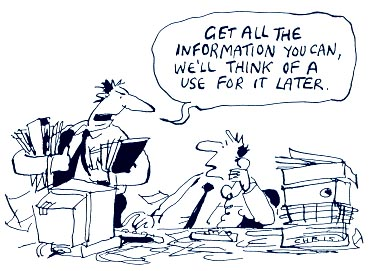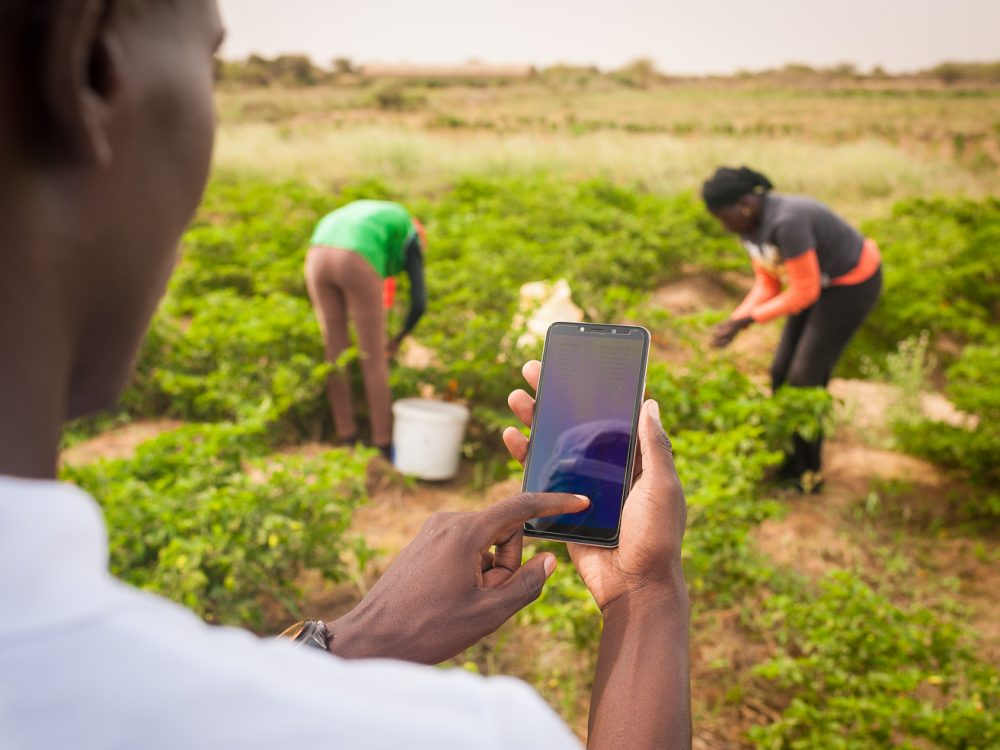Better Data, Better Results: UNICEF Strategies for Success
The 2030 Sustainable Development Agenda offers the promise of new technologies, big data sources, and increased government statistical capacity for data-driven policy and progress. However, we cannot assume that more data will result in a better world. Moreover, a data revolution comes with risks: Will SDG reporting consume already-limited government statistical capacity? Will “focus on the fundamentals” be lost in the chase for innovation, depleting monitoring and evaluation team resources? Will adopting big data leave behind the most marginalized?
With these opportunities and challenges in mind, UNICEF (with support from the Bill & Melinda Gates Foundation) has decided to adopt a new strategic approach to making data “work” for children.

What Data Strategy Means for UNICEF
UNICEF feels that data for children represents one of the best opportunities to catalyze a change in results for children. To achieve this, attitudes must shift from viewing data as a reporting responsibility, to seeing it as a results-driver decision support. The UNICEF Data Strategy Team has found that these attitudes are already shifting, as demonstrated in areas like real time monitoring, and the use of geospatial data in humanitarian emergency response.
We believe in the centrality of thoughtful approaches: understanding problems faced and decisions to be made before thinking through if and how data can help bridge information gaps, address bottlenecks, and improve decisions and outcomes.
With this context-driven approach in mind, UNICEF’s Data for Children Strategic Framework is intentionally flexible. It aims to ensure that we are working to match the demand, supply, and use of data appropriately; and to support real problems with real opportunities for change. UNICEF is working with Development Gateway (DG) and the International Solutions Group (ISG) in the East Asia and Pacific region (specifically focusing on Papua New Guinea, the Philippines, and Thailand) to build out country and regional data action plans. These plans aim to identify where UNICEF is best-placed to support data for country priorities. They also seek to identify how UNICEF can best engage with the broader community to avoid perpetuating systemic flaws, such as duplicated agency efforts; bespoke data collection that circumvents and undermines government systems and capacity; and indicator collection demands that distract from frontline service delivery.
Where UNICEF Aims to Improve
Over the past decade, UNICEF has established itself as a leader in data for children: making sure that children are represented in household surveys (through the Multiple Indicator Cluster Survey (MICS) and supporting others’ work); developing new methodologies for measuring things that matter in children’s lives; and testing and scaling new technologies (e.g., SMS) to rapidly and inexpensively gather and disseminate data. Over the next several months, we aim to further improve our data efforts, with an emphasis on the following.
Not-Tools-First Approaches: The pernicious drawback of being an innovation early-adopter is the temptation to start with a tool, and then look for a problem to solve. Teams are frequently approached by tool salespeople promising funds for piloting or scale-up — but offering few incentives or services for identifying the right tool for the right problem. This “tools first” approach is neither strategic nor sustainable, and must be reversed if we are to succeed over the coming decade.
Not Building Data Silos: UNICEF has invested in supporting data across topics and collection methods. However, bringing the range of data resources together — for example, combining rigorous household survey data on violence against children with sentiment analysis from social media on social topics — is rare. We need methodologies and strategic approaches to improve data interoperability.
Not Going it Alone: Duplication of effort among development agencies is all too common — and the data space is no exception. The Data for Children Strategic Framework aims to encourage alignment, interoperability, and partnership between funders, while reducing or eliminating redundancy. Of particular concern are instances where investments in parallel systems may undermine or crowd out government administrative data systems.
What we Hope to Learn at Country Level
We know that a global strategy and set of principles — while important — aren’t sufficient to help country offices make conceptual adjustments in their approaches to data. To reorient around the most important problems and decisions, we’re working to develop country level plans, grounded in each country’s reality, that will help UNICEF identify and seize strategic opportunities for investing in data in the short- and medium-term.
For our pilot countries, we strive to identify exactly where we should be investing to have the greatest impact for children. This may mean a few things — phasing out existing work that isn’t producing results, digging deeper to find more money for promising opportunities, or following others’ leads where UNICEF doesn’t have a comparative advantage. Above all, we want to shift focus from collecting massive, rarely-used amounts of data, to informing “smart demand” of data — collecting information with specific decisions and problems in mind.

More broadly, we want to learn how to do this kind of analysis and planning quickly and efficiently, so that as many countries can shift their investments to more strategic portfolios as soon as possible. At a global level, we want to learn in which countries, regions, and areas of data work UNICEF has (and doesn’t have) strategic advantage. By doing so, we can build on our core advantages and leave to others the things that they do best.
What Comes Next?
This work on data for children is taking off in the coming months, with country action plans to be drafted before year’s end. We know that other development agencies are undergoing similar strategic reflection on how they fund, demand, and use data, and we are eager to mutually share our learnings. If you or your team are thinking about these issues, do get in touch and follow us here for future updates on what we’re learning together.
Emily Garin is a Data Strategist for UNICEF, working to unleash the power of data to deliver results for children.
Share This Post
Related from our library

Economic Toll of Tobacco-Related Diseases in Kenya: New Research Findings
Development Gateway: An IREX Venture (DG) is pleased to announce the publication of a research manuscript on the Economic Costs of Tobacco-Related Illnesses in Kenya. This research was carried out as part of the Tobacco Control Data Initiative (TCDI) activities in Kenya and is part of a broader report on Morbidity and Mortality from Tobacco Use in Kenya.

Building a Sustainable Cashew Sector in West Africa Through Data and Collaboration
Cashew-IN project came to an end in August 2024 after four years of working with government agencies, producers, traders, processors, and development partners in the five implementing countries to co-create an online tool aimed to inform, support, promote, and strengthen Africa’s cashew industry. This blog outlines some of the key project highlights, including some of the challenges we faced, lessons learned, success stories, and identified opportunities for a more competitive cashew sector in West Africa.

Digital Transformation for Public Value: Development Gateway’s Insights from Agriculture & Open Contracting
In today’s fast-evolving world, governments and public organizations are under more pressure than ever before to deliver efficient, transparent services that align with public expectations. In this blog, we delve into the key concepts behind digital transformation and how it can enhance public value by promoting transparency, informing policy, and supporting evidence-based decision-making.